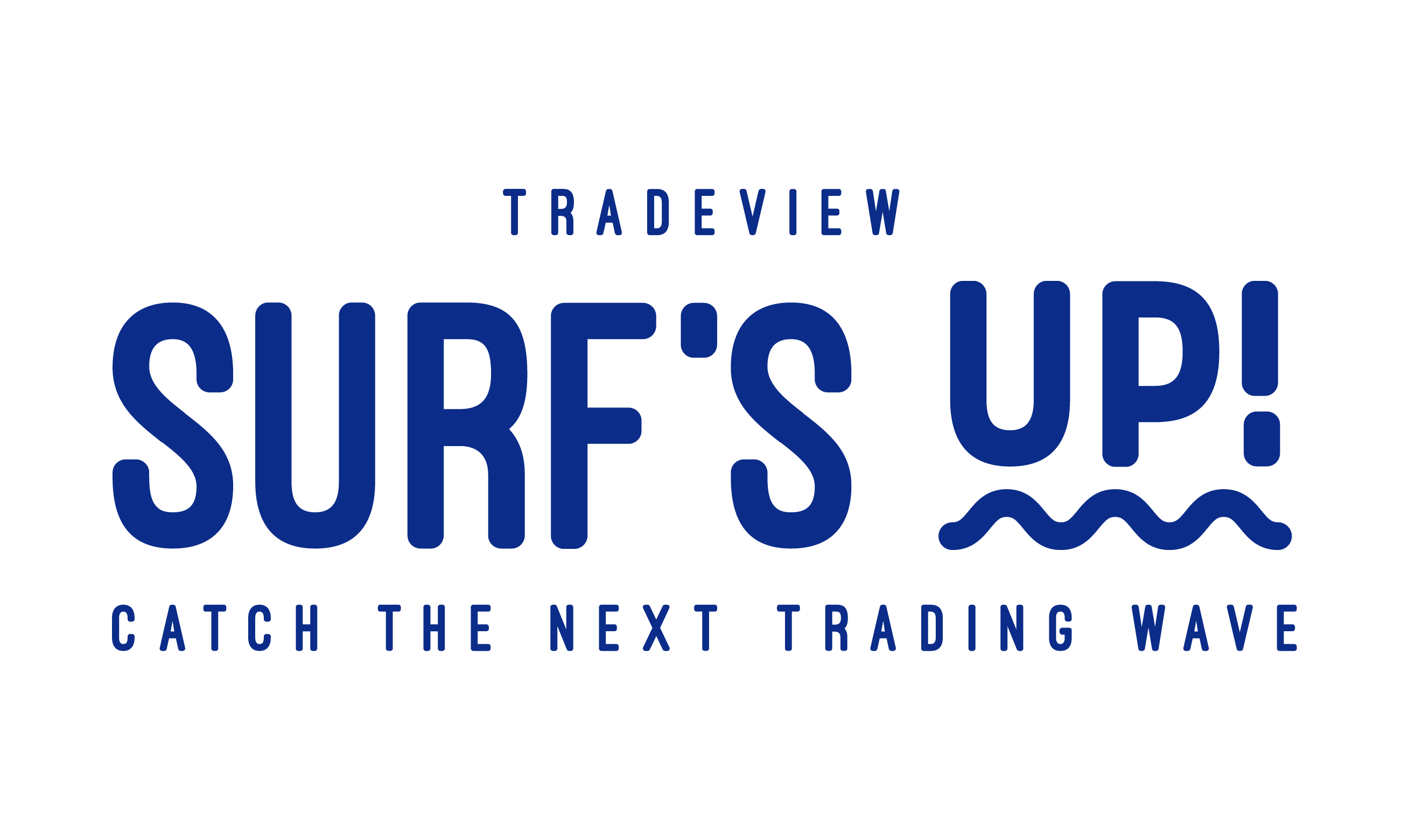Life Cycle of an Industry and the Competition Within
Following the analysis of economic cycles, evaluating an industry’s lifecycle and the influences that competition has on industry performance is key in predicting the industry sales and profitability trends. Depending on the depth of analysis, the amount of industry cycle stages may vary.
However, a typical five stage model would include:
- Start-up stage
- Growth stage
- Shakeout stage
- Maturity stage
- Deceleration and decline stage
The trick is to be able to determine the length of each stage to estimate the sales across that respective stage. It is important to keep in mind in which stage and how long a stage will last before moving to the next.
Knowing which cycle an industry is in will provide great insights into not just sales but also profit margins as well as earnings growth or potential.
The Five-Stage Model
Start-up Stage
During the start-up stage, the industry is experiencing low growth in sales and profits due to a lack in demand for the provided products or services. Additionally, the industry will be incurring high development costs during this stage.
Growth Stage
With a rise in demand, the industry experiences a rapid growth in sales in response to the increased demand for the products and services provided in the industry. In this stage companies face little competition, increased backlogs and profit margins that are very high.
The companies improve capacity to accommodate these backlogs. With the high rate of growth in sales and profit margins, companies can improve their internal business systems to become more efficient in supplying the demand for the products and services.
Shakeout Stage
In the shakeout stage most of the demand for the products and services experienced in stage two has been satisfied. This typically leads to a growth in sales that has decreased from abnormal to above-average.
Additionally, the industry’s higher-than-average growth rates and profits attract more competitors. This usually leads to increased supply and lower prices for goods and services, resulting in lower profit margins.
Maturity Stage
The longest stage is the maturity stage, where the industry growth rate declines to the same performance as the economy. In this stage, sales are easy to predict and profit margins vary depending on the business systems employed by the companies.
Due to the increased competition, the profit margins are significantly lower making it easier for an investor to predict the growth rate of companies.
Deceleration and Decline Stage
Due to a change in demand and the emergence of substitute goods and services, sales growth is slowing. As a result, businesses in the sector encounter lower profit margins or even losses.
This is known as the deceleration and decline stage. The businesses that do continue to show profits exhibit low rates of return. Investors may then consider other sectors to invest in before transferring their funds to these various sectors.
Competition and Expected Industry Returns
The competition within the industry has a direct impact on the industry sales and profit margins. An analysis of the competitive structure within an industry is important to understand the expected rates of return within an industry.
There are four factors to consider when looking at competition:
- The competition between existing companies in the industry will increase as the growth falls in the industry as the need to make profits increase.
- The threat of new entrants into the industry can dilute sales even more between competitors leading to a decline in rates of return.
- The high entry barriers can make it even harder for a new entrant to enter the industry and create sustainable growth. Additionally, there is the threat of substitute products which will lead to a loss in demand as the substitute product can be more effective and more cost effective.
- Finally, buyer and supplier bargaining power can have a direct impact on the cost of goods and services or make the competition appear more favorable.
An investor needs to keep all these industry cycle stages and competitive forces in mind when analyzing industries and the rate of return. Even though these descriptions are quite general, it should still assist in making the best analysis in determining the growth of sales and potential returns.
Keeping in mind the competitive variables, the best stage to focus on is the acceleration stage. Comparing the sales and growth of the industry will assist in determining the life cycle stage of the industry.
If you are interested in discussing industry life cycles further please feel free to contact me, rvrensburg@tvmarkets.com or if you are interested in trading together with the best broker you can create an account here to trade forex, commodities and stocks.
Ronald van Rensburg
Analyst at Tradeview Markets
Email: rvrensburg@tvmarkets.com








Comments
Willie Cortez
Excellent post! Your insights on this topic are very valuable and have given me a new perspective. I appreciate the detailed information and thoughtful analysis you provided. Thank you for sharing your knowledge and expertise with us. Looking forward to more of your posts.